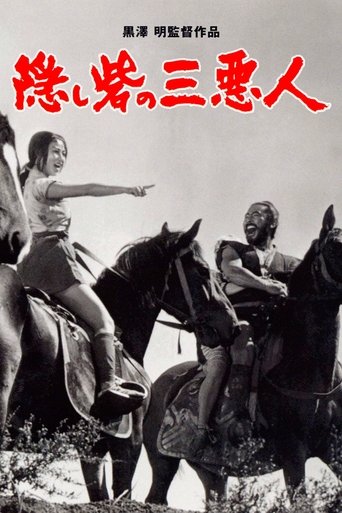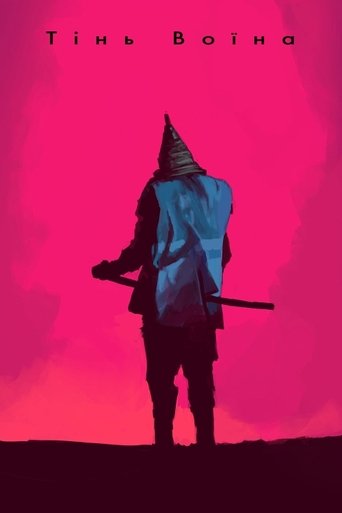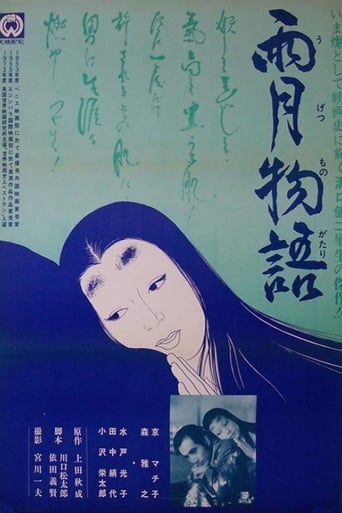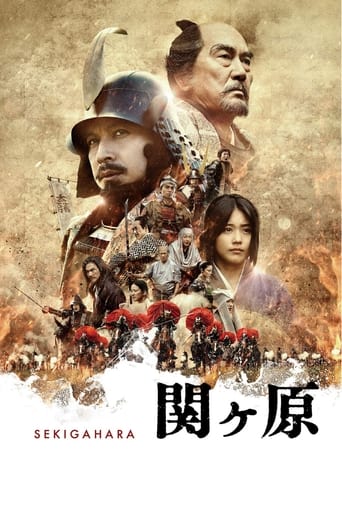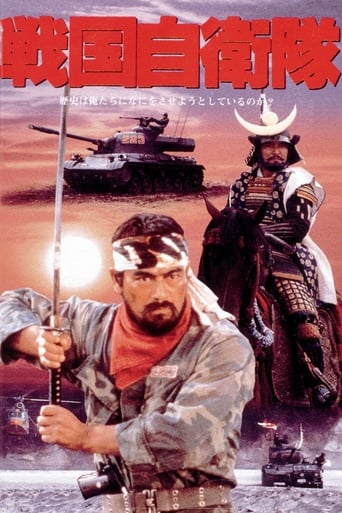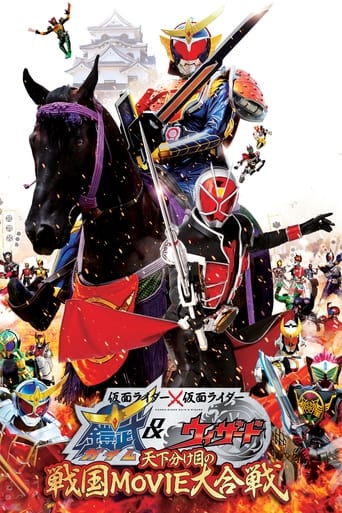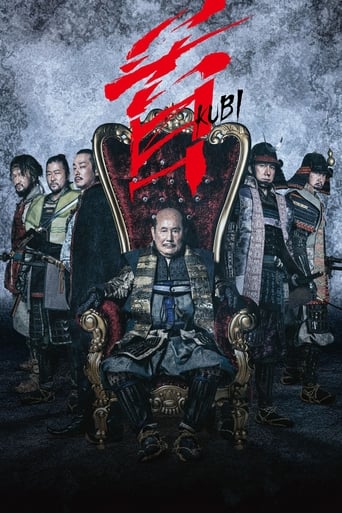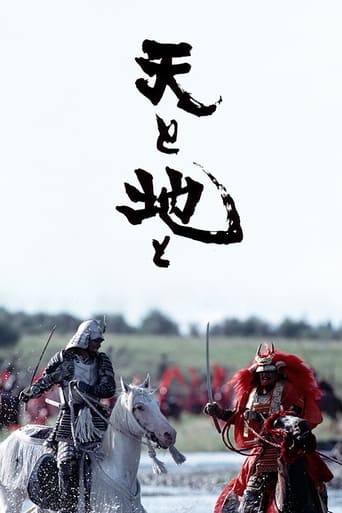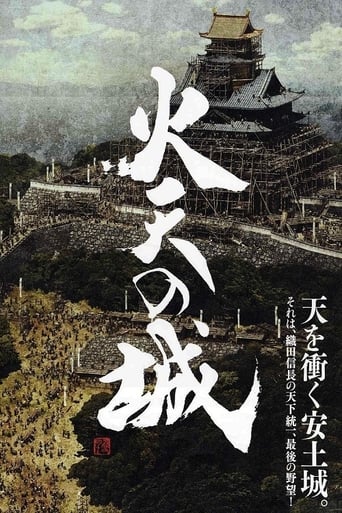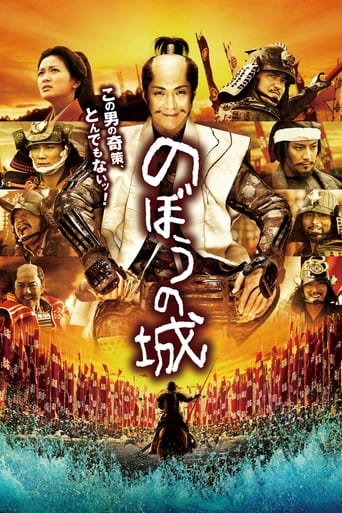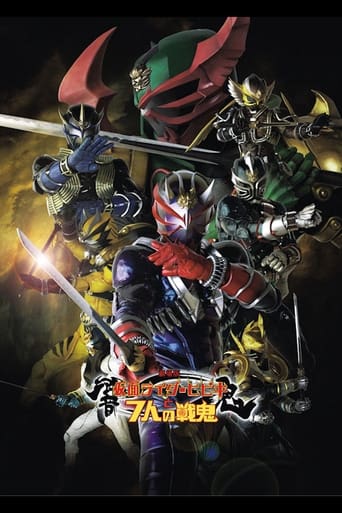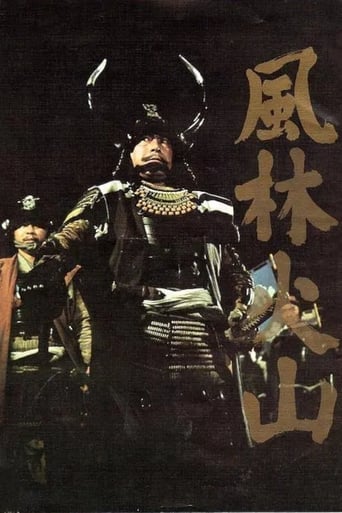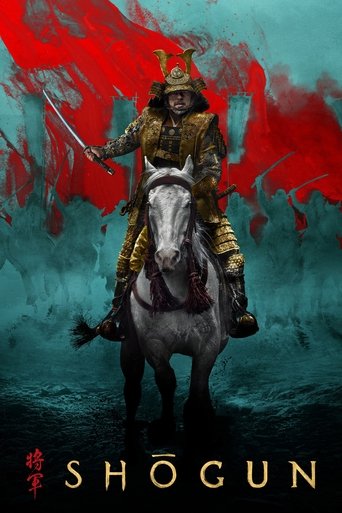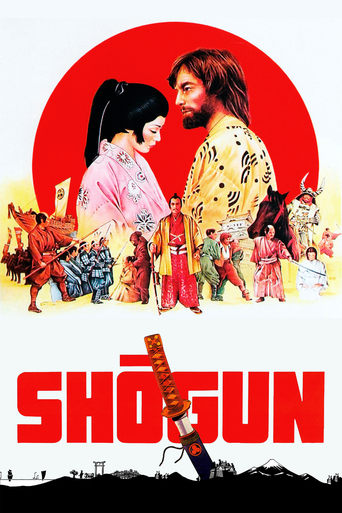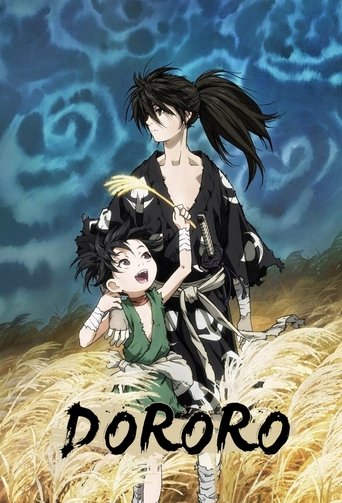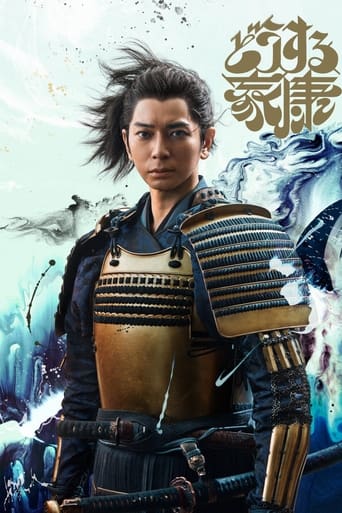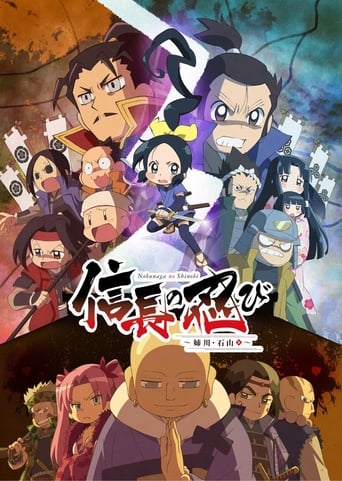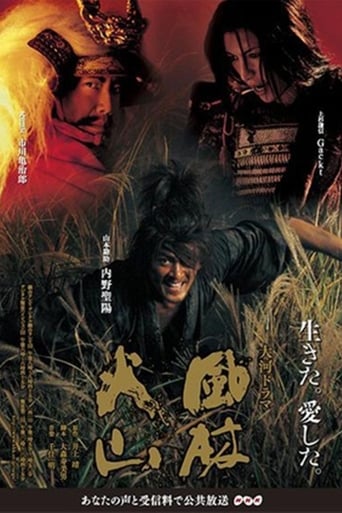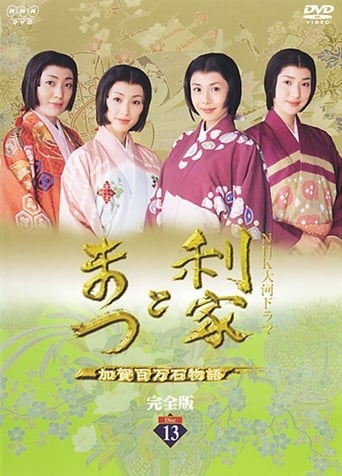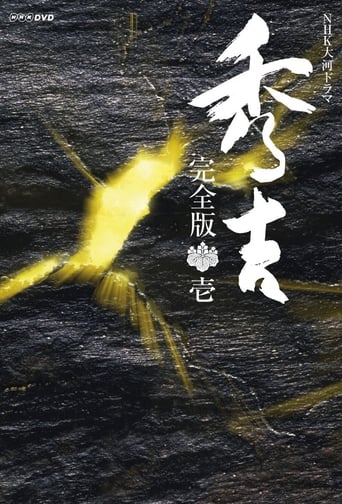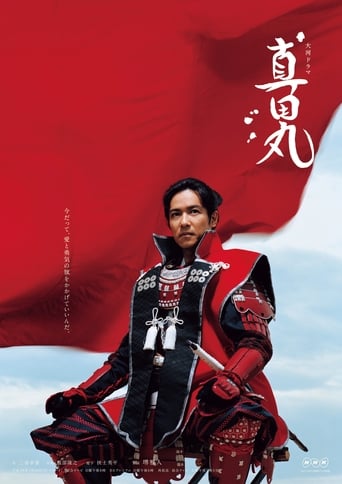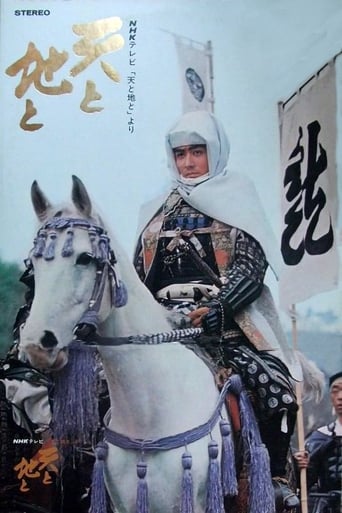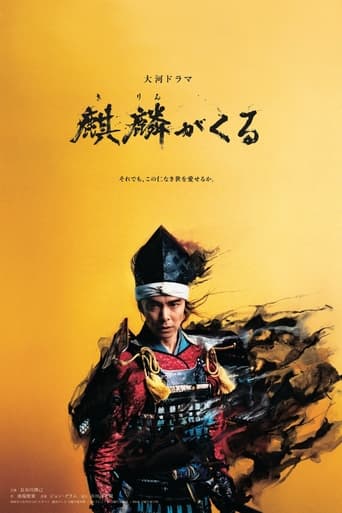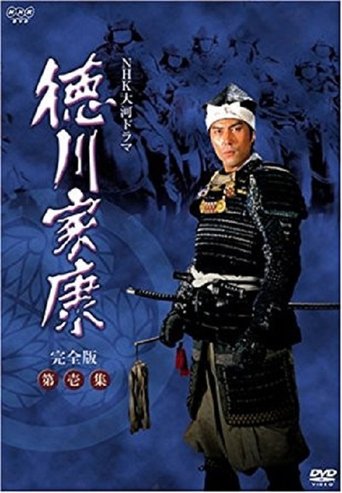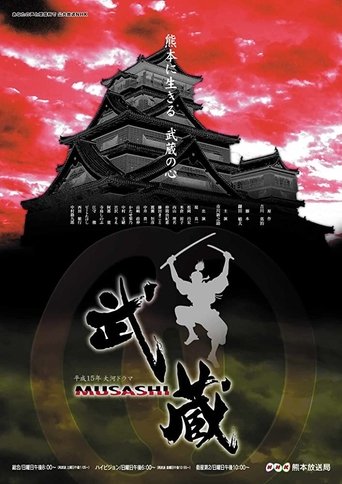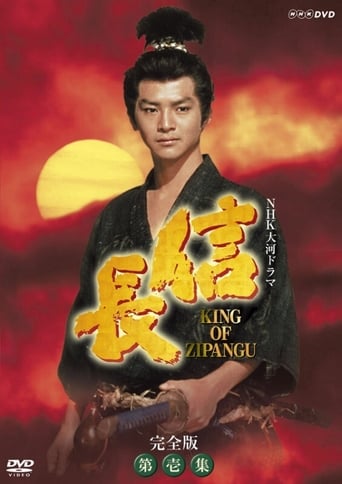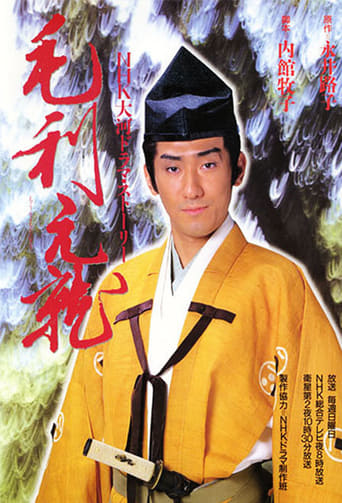Ключове слово Sengoku Period
Акторка тисячоліття 2002
Поважний чоловік, керівник з однієї кіностудії, зі своїм підлеглим фільмують матеріал про колись дуже відому акторку, яка перестала грати в кіно вже з кілька десятиліть. Але їм щастить, і вона погоджується дати інтерв’ю. Здавалося б, куди можуть привести спогади старенької? Але не все так просто, і з’являються цікаві моменти з буремних часів молодості найвідомішої кінозірки минулого тисячоліття, яка вже давно спочиває, хоч і не зовсім на лаврах…
Тінь воїна 1980
Дія фільму відбувається у другій половині XVI століття в Японії, охопленій міжусобними війнами. Суперники феодали б'ються за владу над столицею — Кіото, бо влада над Кіото означає владу над усією Японією. Дрібного злодюжку засуджено до страти, але йому несподівано дарують життя. Річ у тому, що він як дві краплі води схожий на місцевого правителя Такеду Шінґена, владну і сильну людину, один вигляд якої надихав воїнів.
Меч Чужинця 2007
Роздрібнена міжусобними війнами Японія доби Сенгоку. Група воїнів під керівництвом старого алхіміка прибуває з Піднебесної імперії до однієї з провінцій для демонстрації нового виду зброї. Та насправді вони виконують дещо іншу місію - шукають інгредієнти для міфічного еліксиру "Сен'яку". Саме в цій провінції знаходиться остання складова - хлопчик на ім'я Котаро. Він щодуху мчить з вірним собакою до віддаленого храму , де сподівається сховатися від жорстоких переслідувачів. Дорогою Котаро рятує мандрівний самурай, який відмінно володіє мечем, і хлопець "винаймає" його для супроводу в нелегкій подорожі...
Трон у крові 1957
Загартований у боях полководець, підбурюваний своєю амбіційною дружиною, намагається здійснити пророцтво, за яким він має стати володарем Замку Павутиння.
Казки туманного місяця після дощу 1953
Японія, кінець XVI століття. До села на березі озера Біва на околицях Омі наближається грізна армія феодала Сібати. Гончар Гендзуро і його шуряк Тобей, який мріє стати самураєм, вимушені працювати не покладаючи рук, щоб заробити якомога більше грошей...
鬼婆 1964
関ヶ原 2017
戦国自衛隊 1979
首 2023
ブレイブ -群青戦記- 2021
天と地と 1990
火天の城 2009
のぼうの城 2012
真田十勇士 2016
劇場版 仮面ライダー響鬼と7人の戦鬼 2005
風林火山 1969
Shōgun 2024
In Japan in the year 1600, at the dawn of a century-defining civil war, Lord Yoshii Toranaga is fighting for his life as his enemies on the Council of Regents unite against him, when a mysterious European ship is found marooned in a nearby fishing village.
Shōgun 1980
An English navigator becomes both a player and pawn in complex political games in feudal Japan.
Dororo 2019
A samurai lord has bartered away his newborn son's organs to forty-eight demons in exchange for dominance on the battlefield. Yet, the abandoned infant survives thanks to a medicine man who equips him with primitive prosthetics—lethal ones with which the wronged son will use to hunt down the multitude of demons to reclaim his body one piece at a time, before confronting his father. On his journeys the young hero encounters an orphan who claims to be the greatest thief in Japan.
What Will You Do, Ieyasu? 2023
The drama series depicts the life of Tokugawa Ieyasu (January 31, 1543 – June 1, 1616). Takechiyo (who later becomes Tokugawa Ieyasu) was born as the son of a poor and powerless daimyo. Takechiyo lost his father during a war. He grew up lonely and away from his mother. Takechiyo didn't have a clue about what his future would hold. He then has a dramatic meeting with the young Oda Nobunaga.
Ninja Girl & Samurai Master 2016
The anime centers on a young female ninja named Chidori, whose dream is to help the Warring States-era warlord Oda Nobunaga to achieve his goals.
Samurai Banners 2007
Fūrin Kazan was the 46th NHK Taiga drama beginning on January 7, 2007. It was aired throughout 2007. The four characters from left to right are wind, woods, fire, and mountain. The title is a reference to the war banner used by Takeda Shingen, which in turn was taken from Sun Tzu's The Art of War. It means "Swift as the Wind, Silent as a Forest, Fierce as Fire and Immovable as a Mountain."
Toshiie and Matsu 2002
The 41st NHK Taiga Drama is Toshiie to Matsu. During the turbulent Warring States Era, one man's life and career intertwined with the three great generals of Japanese history-Nobunaga, Hideyoshi, and Ieyasu. With political savvy and the support of his fiercely loyal wife, Maeda Toshiie rose to second in power in the shogunate and built up a fiefdom that encompassed Echizen, Noto and Kaga.
Hideyoshi 1996
A dramatized biography of the second of Japan's three legendary leaders. Rising from obscurity, Hideyoshi served under the command of Oda Nobunaga. With an extraordinary combination of intelligence, bravery and military skill, Hideyoshi rose to near-absolute power and greatly expanded upon Nobunaga's unification of Japan's warlords. This series also focused on Hideyoshi's personal life, particularly his relationships with his mother and his wife, and the pair's rivalry for influence over him.
Sanadamaru 2016
Spanning over 50 episodes, we follow the historical fiction of the Sanada clansmen as they plotted and fought their ways to survive the changing political alliances during the Warring States Period of Japan.
Heaven and Earth 1969
The story chronicles the life of Nagao Kagetora.
Sengoku BASARA: Samurai Kings 2009
During the Sengoku period, there are many factions constantly at war. One of these is led by a one-eyed man named Date Masamune and another by the imposing Takeda Shingen. The latter has a fiercely loyal subordinate named Sanada Yukimura who goes head to head against Date Masamune multiple times, but the battles between them tend to get interrupted. One such battle occurs when both men try to go after another leader named Imagawa, and they’re forced to break off their heated duel when Imagawa attempts to flee the scene with his body doubles. Yukimura and Masamune go after separate Imagawas, but all of the doubles are killed by a third party, and when their paths cross again, they are in front of the menacing Oda Nobunaga and his army. It was Nobunaga’s subordinates that killed those body doubles, and Nobunaga himself proceeds to kill the real Imagawa with a shotgun blast to the head.
Princess Go 2011
Princess Go was the youngest of the most famous three sisters in Japanese history, who each led a remarkable life in an age of turmoil and civil war. Go loses her parents in the war, marries three times, and feuds with her own sister in competing for power. Go's husband becomes the second Tokugawa Shogun and she ensures her prominence as she gives birth to a son who later becomes the third Shogun and a daughter, a wife of the Emperor. The drama describes the age of the civil war through the eyes of Princess Go, who plays a significant part in establishing the age of peace that lasts over 200 years in Japan.
Awaiting Kirin 2020
After the Onin War, the world is plunged into chaos. Amid this situation, heroes of the warring states begin to emerge in an attempt to unify the country and rule in these turbulent times. In the mid-1540s, there is a young wandering samurai in Mino which is strategically located between the East and West. His name is Akechi Mitsuhide. At this time, there is plenty of internal strife within the Toki clan which rules Mino. Surrounded by the Oda of Owari, the Imagawa of Suruga and the Asakura of Echizen, Mino has constantly faced the risk of invasion. Mitsuhide is pulled into battle and destroys the enemy. His bravery as well as stratagem catches the attention of Saito Toshimasa, the chief retainer of the Toki clan, and he is singled out. This man who is also known as Saito Dosan will go on to takeover the Toki and make Mino his own.
Tokugawa Ieyasu 1983
The story chronicles the life of Tokugawa Ieyasu.
Masamune Shogun 1987
Broadcast TV drama NHK broadcast on January 4 to December 13, 1987 (Showa 62). In the questionnaire survey conducted by NHK, it is shining in the most favorite river drama. The original is Yamaka Sosaichi's novel "Date Masamune", the biggest drama on the theme of the Date house was the first time in 17 years since the "Shinnogi remained" (1970), which painted Datejo in the Edo period. It depicts the life of Matsudo Date of Sengoku warrior · Date Masamune who built the foundation of Sendai clan 620,000 stones in his generation as a result of my own wisdom and talent.
Hyouge Mono 2011
Sasuke Furuta is a vassal of the great warlord Nobunaga Oda and a man obsessed with tea ceremony and material desires in his pursuit of a fortuitous life. Having learned from Nobunaga and the legendary tea master Soueki Senne, Sasuke walks the way of the Hyouge Mono.
Musashi 2003
Orphaned when he was not yet ten, Musashi grows up skilled in the martial arts. During the Battle of Sekigahara, he fights on the side of the losing Toyotomi forces, but eludes the enemy as they hunt down the vanquished soldiers. He then spends years wandering the countryside mastering the sword. As his fame spreads throughout the nation, men seek him out to test their skills against him--most notably Sasaki Kojiro who faces Musashi in the ultimate duel at Ganryujima.
Nobunaga: King of Zipangu 1992
On March 23, 1585, Japanese Christian envoys visited Pope Gregory XIII at the Papal Court in Rome, Italy. The drama begins 45 years earlier - in 1540 outside Lisbon, Portugal.
Onna Furin Kazan 1986
This drama revolves around four sisters whose father served as a warlord during the Sengoku period. It tells a tragic story of two lovers who are being held apart due to political conflicts between their clans.
Mouri Motonari 1997
The 36th NHK Taiga Drama is Mori Motonari. This series chronicles the life of Mori Motonari, a warlord of the early 1500s who stood at the vanguard of the Warring States era. All Japanese school textbooks contain the Mitsuya no kyokun, Mori's famous lesson to his three sons that teaches that while one arrow is easily broken, three arrows together cannot be broken. In 1997, 500 years after his birth, NHK dramatizes Motonari's rise from a chief of the region of Aki (now Hiroshima) to a daimyo who rules over ten provinces of the Chugoku region. Motonari was 64 years old and already the patriarch of a powerful dynasty about the time Oda Nobunaga and Takeda Shingen appeared on the scene. And even after his death, the Mori family figured prominently in Japanese history. His grandson Terumoto became a loyal Toyotomi vassal. Defeated at the Battle of Sekigahara, Ieyasu confiscated most of his lands, leaving him only with Suwo and Nagato, later known as Choshu. But 260 years later, the Mori got their ultimate revenge, leading the imperial forces against the Tokugawa in the Meiji Restoration.
